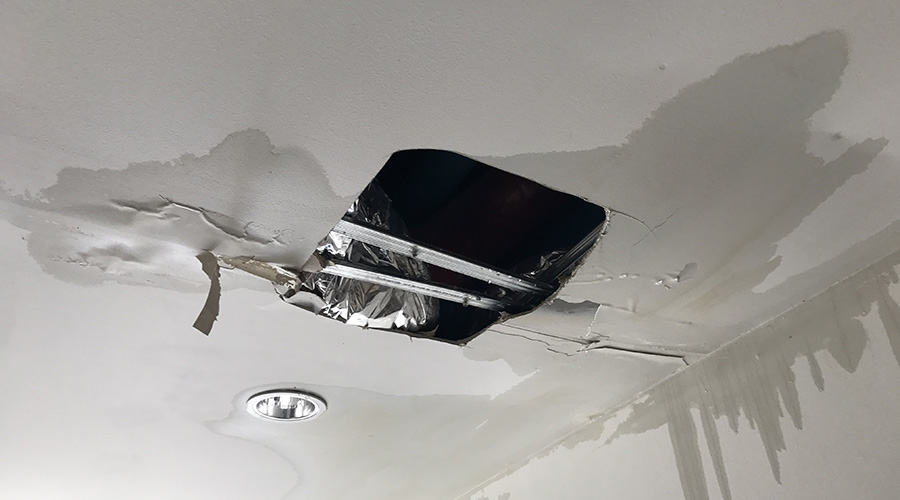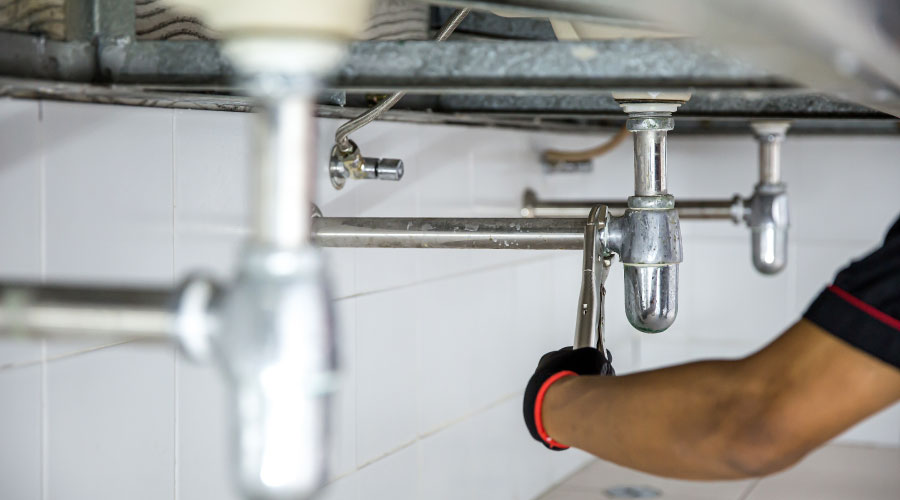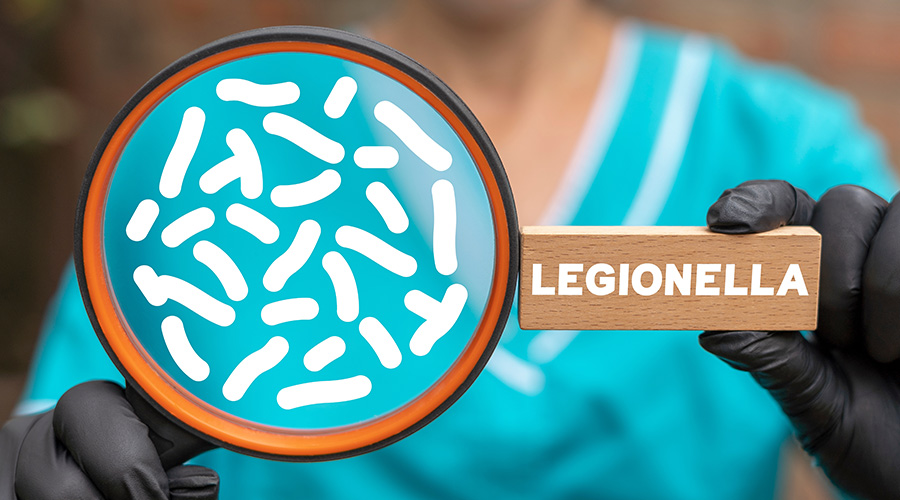Plumbing Renovations at Hartsfield-Jackson Atlanta International Airport Target Savings
Hartsfield-Jackson Atlanta International Airport, the world's busiest, takes off with savings from upgrades to plumbing systems
The last decade has brought a host of changes to institutional and commercial facilities, from technology advances designed to improve occupant comfort and technician productivity to changes in codes and standards that make facilities safer and more energy efficient.
Among the many changes, it is hard to overstate the impact that water conservation has had throughout facilities. Water shortages across the country — including hard-hit areas such as California and the Southeast — have prompted maintenance and engineering managers to look far and wide for ways to curtail water use in their facilities
To achieve this goal, some managers have undertaken upgrades to landscape irrigation systems, which had been notorious for undetected underground leaks that drove up facilities’ water costs. Many managers also have targeted inefficient HVAC systems — especially boilers and chillers — to curtail the use of both energy and water.
Perhaps the most popular system upgrades to save water in facilities have targeted plumbing systems and restrooms. Fueled by a series of new-generation flush valves, faucets and toilets that have slowed the flow of water through restrooms while improving hygiene and system performance, these upgrade projects offer managers opportunities to save water in areas of facilities that traditionally have used — and wasted — the most water.
Meeting the challenge
Hartsfield-Jackson Atlanta International Airport is the world’s busiest airport. In 2017, nearly 104 million total passengers moved through its terminals, using 436 million gallons of water.
The airport’s water-related challenges date back more than a decade. In 2007, Georgia’s governor designated 85 of the state’s north counties to be under a state of emergency due to drought conditions. He mandated that public water system providers in 61 of those counties reduce water withdrawals by 10 percent. In response to record drought conditions and to adhere to the mandate, Hartsfield-Jackson began a major water-conservation initiative in early 2008.
The initiative incorporated three components: retrofitting restrooms and plumbing systems in the airport’s central passenger terminal complex; recycling cooling tower blowdown water; and installing a groundwater reclamation system.
The airport also replaced its steam-driven chillers with electric chillers. Airport officials estimated that upgrading to electric chillers could save more than 10 million gallons of water, since water was no longer required to generate steam.
Beyond all of these changes, the airport’s 19 car wash bays at its rental car center now reclaim 80 percent of the wash water that workers use for washing vehicles.
Related Topics:














